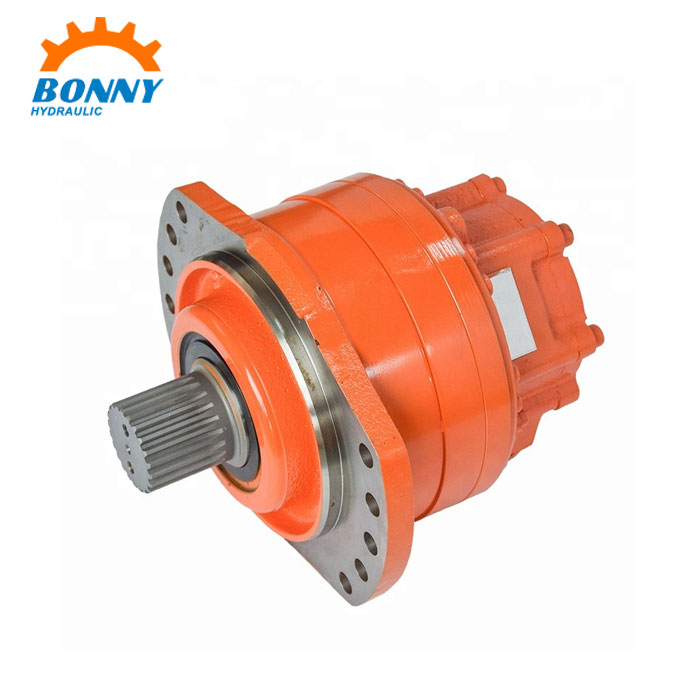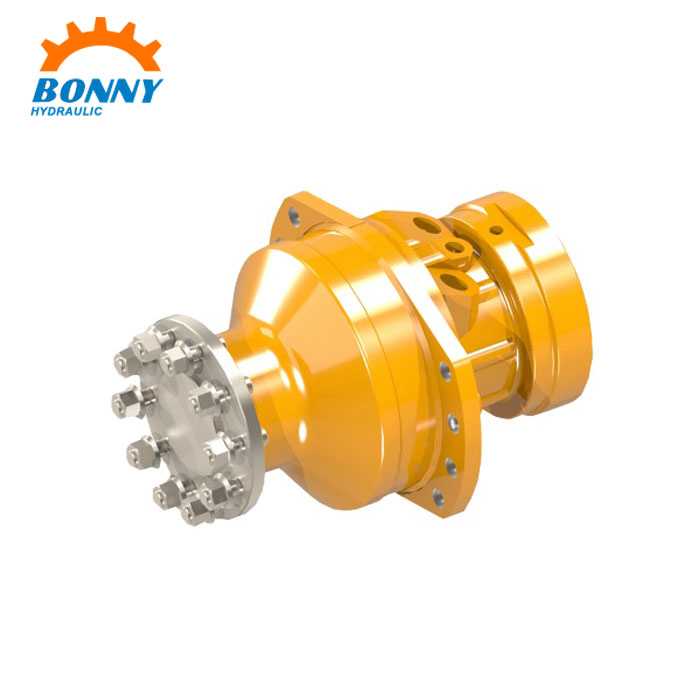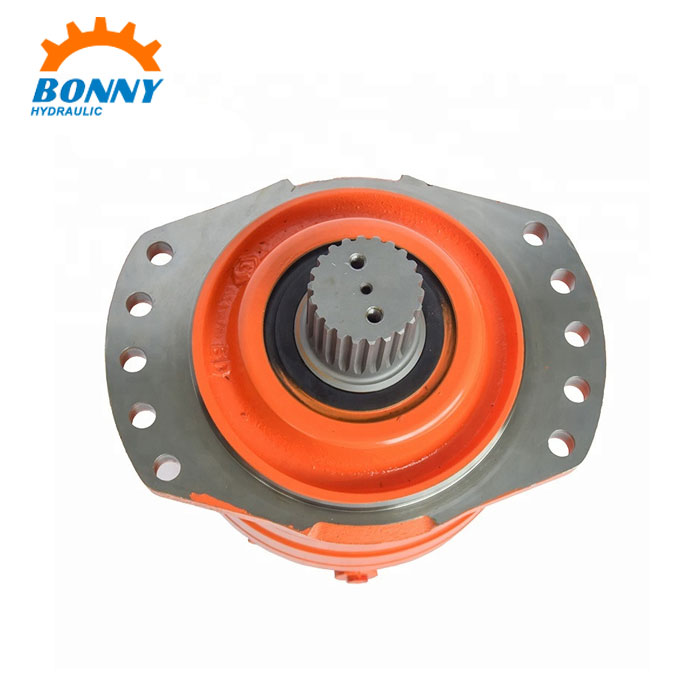 English
English Español
Español  Português
Português  русский
русский  Français
Français  日本語
日本語  Deutsch
Deutsch  tiếng Việt
tiếng Việt  Italiano
Italiano  Nederlands
Nederlands  ภาษาไทย
ภาษาไทย  Polski
Polski  한국어
한국어  Svenska
Svenska  magyar
magyar  Malay
Malay  বাংলা ভাষার
বাংলা ভাষার  Dansk
Dansk  Suomi
Suomi  हिन्दी
हिन्दी  Pilipino
Pilipino  Türkçe
Türkçe  Gaeilge
Gaeilge  العربية
العربية  Indonesia
Indonesia  Norsk
Norsk  تمل
تمل  český
český  ελληνικά
ελληνικά  український
український  Javanese
Javanese  فارسی
فارسی  தமிழ்
தமிழ்  తెలుగు
తెలుగు  नेपाली
नेपाली  Burmese
Burmese  български
български  ລາວ
ລາວ  Latine
Latine  Қазақша
Қазақша  Euskal
Euskal  Azərbaycan
Azərbaycan  Slovenský jazyk
Slovenský jazyk  Македонски
Македонски  Lietuvos
Lietuvos  Eesti Keel
Eesti Keel  Română
Română  Slovenski
Slovenski  मराठी
मराठी  Srpski језик
Srpski језик
What is the difference between a hydraulic pump and a hydraulic motor?
2024-03-15
Hydraulic pumps and hydraulic motors are both essential components in hydraulic systems, but they serve different functions.

A hydraulic pump is a mechanical device that converts mechanical power (usually from an electric motor, engine, or other power source) into hydraulic energy.
Its primary function is to generate flow (movement of fluid) within the hydraulic system by pressurizing hydraulic fluid (usually oil or hydraulic fluid).
Hydraulic pumps come in various types, including gear pumps, vane pumps, piston pumps, and axial piston pumps. Each type has its own advantages in terms of efficiency, pressure capacity, and suitability for specific applications.
Hydraulic pumps are typically used to provide the necessary fluid flow and pressure to operate hydraulic cylinders, actuators, motors, and other hydraulic components within a system.

A hydraulic motor is a mechanical device that converts hydraulic energy (pressure and flow of hydraulic fluid) into mechanical power (rotational or linear motion).
Its primary function is to provide rotary or linear motion to drive machinery, equipment, or other mechanical systems within the hydraulic system.
Hydraulic motors operate in a manner opposite to hydraulic pumps. Instead of generating fluid flow and pressure, they utilize the pressurized fluid to generate motion.
Hydraulic motors also come in various types, including gear motors, vane motors, piston motors, and axial piston motors. Each type has its own characteristics in terms of torque, speed, efficiency, and suitability for specific applications.
Hydraulic motors are commonly used in applications where rotary or linear motion is required, such as winches, conveyor systems, hydraulic pumps, and other industrial machinery.
In summary, while hydraulic pumps generate fluid flow and pressure to power hydraulic systems, hydraulic motors utilize the pressurized fluid to generate mechanical motion, driving various machinery and equipment within the system. They work together to perform different functions within a hydraulic system.







